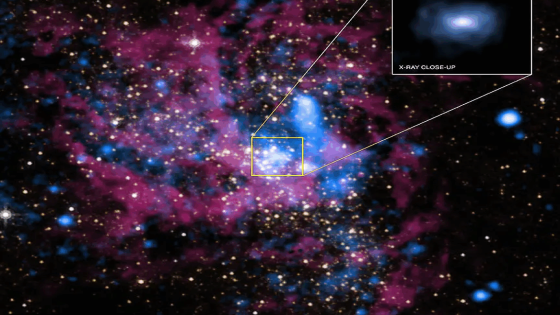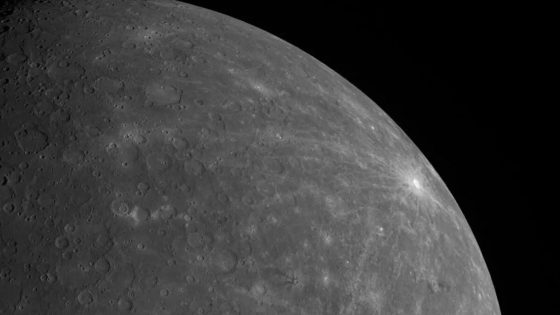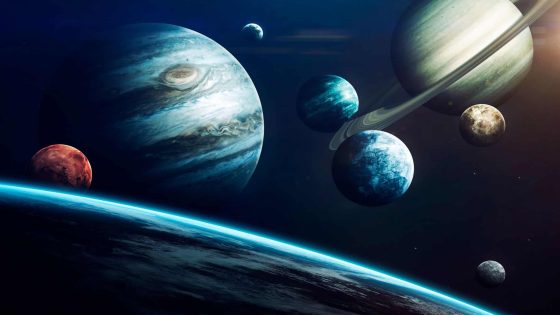Recent research into the mysterious realm of dark matter has unveiled intriguing insights about the formation of stars near the Milky Way’s center. Astrophysicists Isabelle John, Rebecca Leane, and Tim Linden have modeled a “dark main sequence” of stars, revealing how intense gravitational forces influence stellar evolution. Their study, published on 2025-07-16 15:30:00, explores how stars can exist in environments rich in dark matter.
- Astrophysicists model dark main sequence stars.
- Stars near Milky Way's core can't form.
- Dark matter influences star energy output.
- Stars have eccentric orbits near black holes.
- Fusion power maintains stellar balance.
- Energy input varies with orbital distance.
In this hostile region, typical star formation is stifled, leading to the hypothesis that stars in tight orbits around the galaxy’s supermassive black hole originated elsewhere. By applying a standard model of star evolution, the researchers examined stars ranging from one to 20 solar masses, observing how dark matter interactions could alter their life cycles. This innovative approach raises questions about the nature of dark matter and its role in stellar dynamics.
This research prompts US to consider: How does dark matter interact with stars, and what implications does this have for our understanding of the universe? The study highlights several key points:
- Stars near the Milky Way’s core likely formed elsewhere due to extreme conditions.
- Dark matter collisions could significantly impact stellar energy output.
- Stars experience varying energy inputs based on their orbits around the black hole.
As we delve deeper into the cosmos, ongoing research in this field may unlock new pathways to understanding the universe’s fundamental forces. Will future studies reveal even more about the enigmatic relationship between dark matter and stellar life cycles?

































